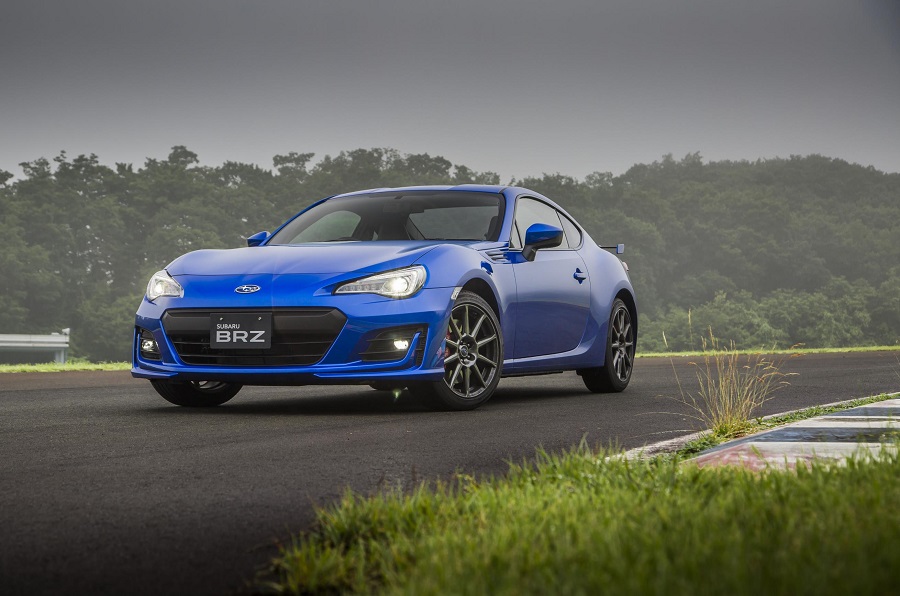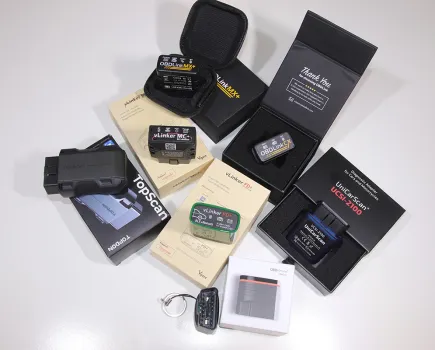The Subaru BRZ makes for a fun, affordable used sports car, and is undoubtedly a modern-day tuning icon. Here’s how to buy a healthy example.
When Subaru and Toyota came together to create an affordable rear-wheel drive sports coupe, the result was always going to pique our interest. Thankfully, the Subaru BRZ and Toyota GT 86 siblings that resulted didn’t disappoint, and in a market that was starved of entry-level sports cars, they were a breath of fresh air. So, although the project between the two marques began as a marriage of convenience, it blossomed into something which both parties – and consumers alike – could reap rewards from. Today, that fact couldn’t be truer, with prices dipping below £/$15,000 making it one of the best used cars to buy right now if you want to have fun.
In the beginning, Toyota brought the idea to the table. It wanted to create a new sports coupe to revitalize its humdrum line-up, but lacked the manpower to take on development and construction. Fortunately, Subaru had some spare resource – and they also had some core mechanical ingredients already lined up to make such a car work. By 2008, the two companies had struck a deal. Toyota would design and significantly fund the project, but Subaru would do all the engineering and developing groundwork. And frankly, it worked a treat!
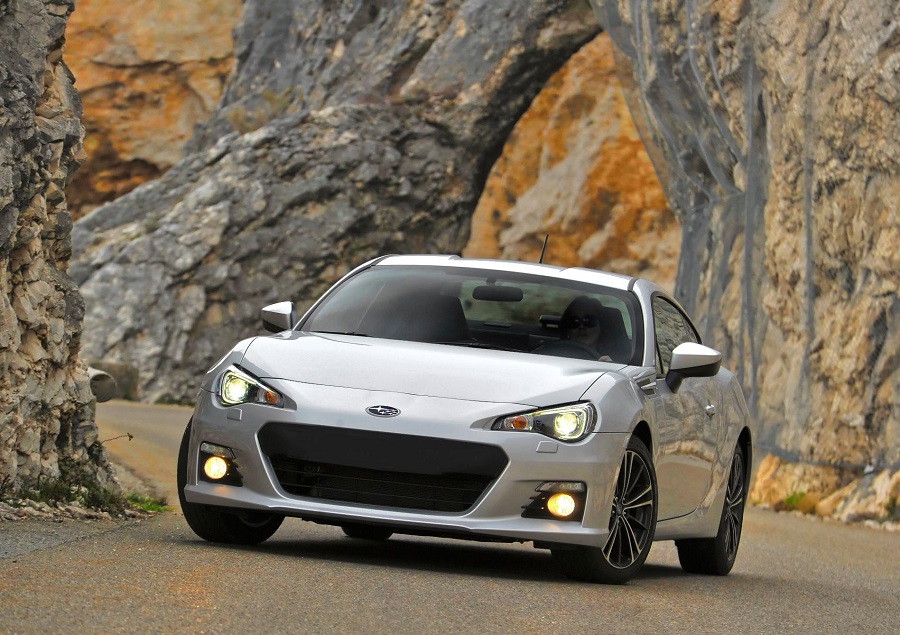
Subaru BRZ Specs & Design
By 2012, the endearingly nicknamed ‘Toyobaru’ had come to fruition, bearing all the sort of traits that would appeal to an enthusiast. The heaviest top-spec trim level tipped the scales at just 1239kg (2732lb) which is lighter than the Mk3 Mazda Miata MX-5. Its engine – Subaru’s FA20D four-pot – was characterful as all boxer engines are, and outputted 197hp from launch. Admittedly, that isn’t much, but while you won’t be going super fast in a stock one of these, those 197 horses are plenty to have fun with. That’s because the car’s chassis is set up beautifully. It’s willingly playful and easy to control; two traits which are enhanced by its torque-sensing limited-slip differential and 6-speed manual gearbox (though you can also get an auto with paddle shifts).
Plus, while the Toyota and Subaru share many similarities, engineer Yoshio Hirakawa ensured that the Subaru was given slightly quicker steering and better high-speed damping. So, if you have to pick one of the two for a spirited drive, the BRZ should have the slight advantage.
Anything this fun fresh out of the box was always going to become a used market hero later in life, and that’s certainly the case with the BRZ. By sports car standards, the Toyobaru twins sold relatively well, so while they aren’t totally commonplace, there’s still enough of them about on the used market for you to easily find a good example. If you’re interested, here are all the quirks that you need to be aware of before buying one.
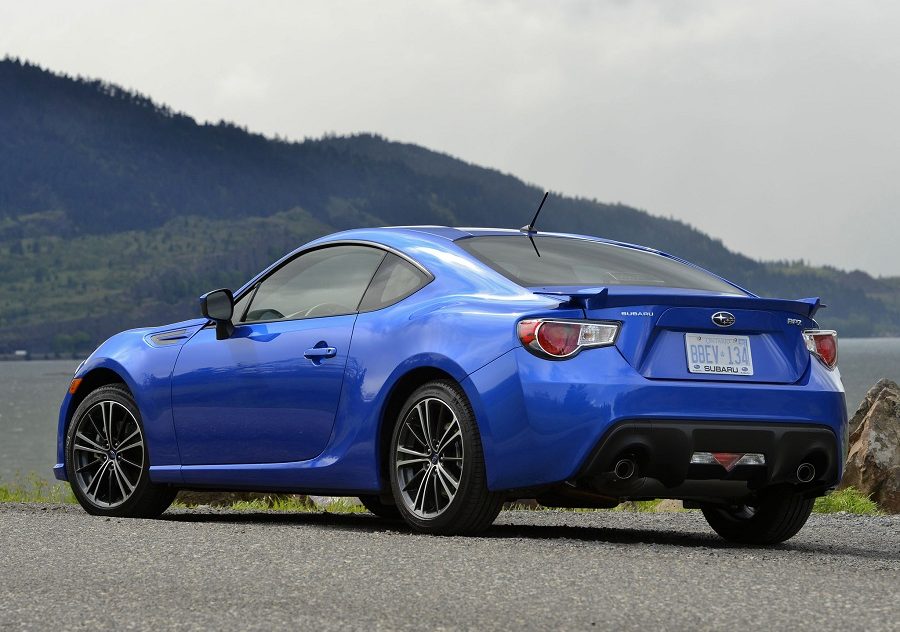
Subaru BRZ Most Common Problems
- Valve spring recall saga
- Second gear grind
- Weak brake pads
- Worn clutch throw bearings
Pros vs. Cons
Pros:
- Delightful handling
- Cool coupe style
- Plentiful aftermarket
Cons:
- Arguably underpowered engine
- Less practical than a hot hatch
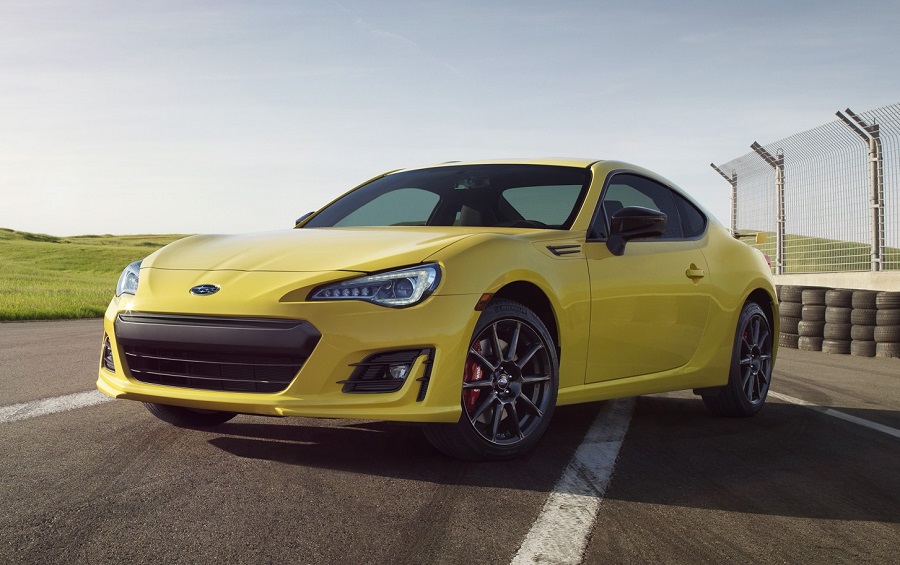
Model Timeline
From launch, Subaru offered the BRZ in three different trim levels. Depending on your region these were referred to as S/Limited or R/Premium, while the RA spec was reserved for Japan only. S/Limited was the top spec, offering extras like heated leather & Alcantara seats, while the RA version was a stripped-back base model with steelies, presumably aimed at Japan’s domestic modified and tuning crowd.
For the most part, little changed for the first few years of the BRZ’s production run, until in 2017 it received a facelift. The refresh included mildly revised styling, consisting of a wider grille design, LED headlights, and altered rear tail lights. The 10-spoke alloys were a new addition too, as was the rear spoiler. Inside, the facelifted BRZ benefits from a 4.2-inch display which can give Gran Turismo-style readings for G-force, lap time, and power/torque curves. The steering wheel, meanwhile, gained multifunction buttons.
Under the hood, minor revisions to the FA20D engine bumped the power up to 205hp (for the US market, but not the UK market), increased its strength and responsiveness, and reduced its emissions. The BRZ received new dampers too, intended to soften the ride up over bumpy roads, without taking away from its engaging drive.
Over the years, Subaru released various limited-run special editions of the car. Here’s what those entail:
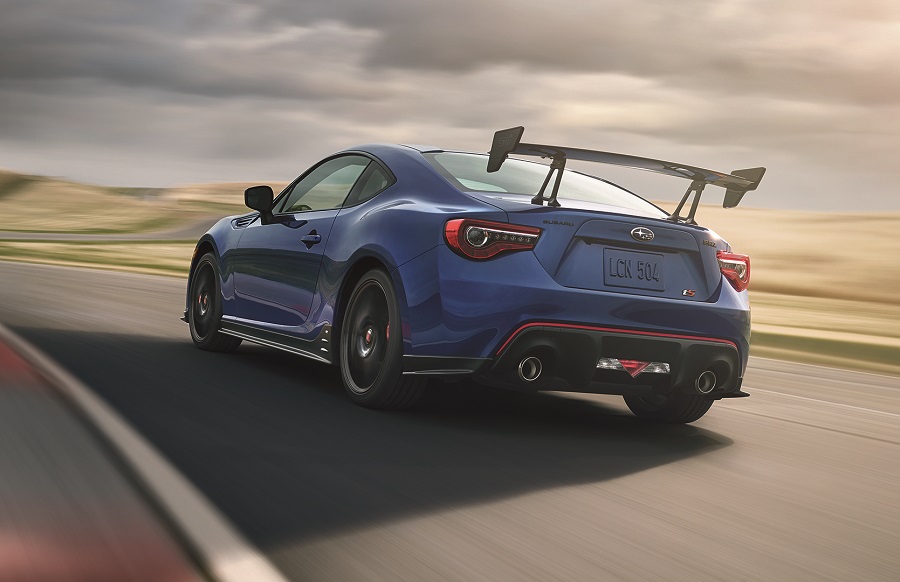
Special Editions
- tS (2013) – the first special edition of note was the tS, a JDM-only sportier variant designed by STI. This version gets 18-inch BBS alloys, more aggressive suspension, stronger driveshaft, Brembo brakes, and an STI body kit. You could also opt for the tS GT Package, which added an adjustable carbon fiber rear wing, Recaro bucket seats, and different rims. Only 500 were built initially, though a further batch of 300 arrived in 2015. A new tS will launch in 2024.
- Series.Blue (2015) – This was essentially a styling package for the North American market, offered in either Blue Pearl or Crystal Pearl White. Series.Blue cars also had STI body styling tweaks, red brake calipers, and black 17-inch alloys. 1000 of these were built, 500 of each color.
- Special Edition (2015) – The imaginatively-named Special Edition was an Aussie market option, again featuring black 17-inch alloys and STI styling parts, but adding muscle car-style stripes down the center.
- Hyper Blue (2016) – Another North American styling package, Hyper Blue is exactly that, a different shade of blue.
- Series.Yellow / Inazuma Edition (2017) – 500 Series.Yellow cars made their way to the US, while a further 250 arrived in Canada under the ‘Inazuma Edition’ banner. These added the Limited Performance package (4-piston front/2-piston rear Brembo brakes, Sachs dampers) as standard, and also introduced a cool Charlesite Yellow color to the range. Inside, you’ll find yellow accents and stitching instead of red.
- SOA 50th Anniversary Edition (2018) – This was a 250-strong US special edition painted in Heritage Blue with silver trim on the inside and outside to mark Subaru’s 50th year in America.
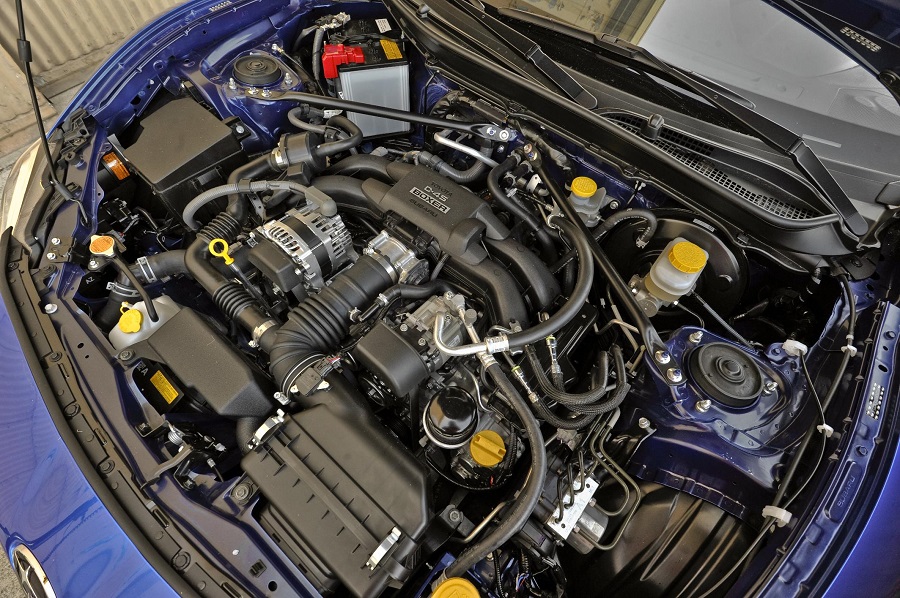
Subaru BRZ Engine Problems
All Subaru BRZs use the Subaru FA20D engine; a 2.0-liter naturally-aspirated flat-four unit, featuring both port and direct injection. Generally speaking, they’re fairly reliable engines, but as with every car, there are certain weaknesses to look out for.
Valve Spring Recall
Back in 2019, Toyota and Subaru announced a recall for the GT 86, BRZ, and Scion FR-S (RIP), concerning a known issue with the FA20D’s valve springs. It had come to light that under certain conditions, the valve springs could fracture, causing serious engine damage. So, at great expense, Toyota and Subaru offered a full valve spring replacement on the house. When buying one of these cars used, we would recommend looking out for examples which have undergone that recall.
Usually, that would be the end of this little segment, but unfortunately it’s not quite that simple. See, some – not all – BRZ et al. owners reported that their engines catastrophically blew up shortly *after* the recall. There’s plenty of online speculation about why this might be, but as for how it affects you, we’d be cautiously optimistic. Plenty of time and thousands of miles have passed since 2019, so there’s a rationale to suggest that any existing dodgy BRZ repairs will already have blown up. Again, not every car had this issue after the recall, so we’d go out on a limb and say that if a post-recall car is still running healthy now, it’s probably in the clear. Use your own discretion.
Forced Induction Swaps
If you’re buying a pre-modified BRZ, or if you’re planning on adding forced induction yourself, it’s important to take into account the knock-on effects that such an increase in power might have. In stock guise, the FA20D’s connecting rods aren’t considered a weak-point, but if your build hits torque levels of more than 300lb ft, those rods can begin to feel the strain. In the worst case scenario, if one was to fail, you’ll be looking at serious if not terminal engine damage. So, wherever forced induction is concerned, reputable tuners suggest aiming for a relatively conservative set-up with boost levels set below 22psi.
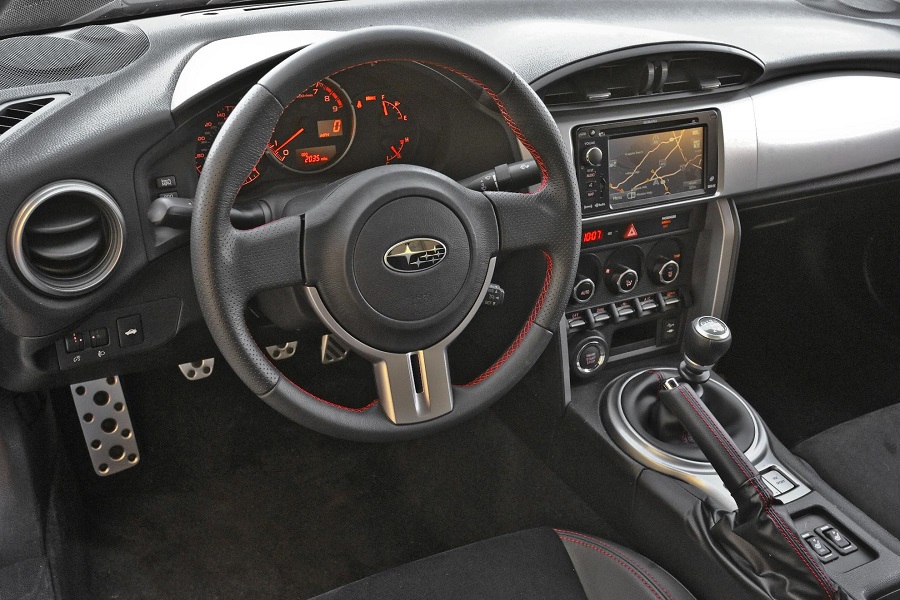
Transmission
The six-speed manual gearbox is a joy to use, and to be honest, even the auto’s flappy paddles have a novelty about them. There are a couple of potential problems to note though, especially if you’re looking at an early manual example.
First, a known weakness within the system is the BRZ’s throw bearings. If they wear out, you’ll be looking at clutch problems. The fix is a bearing replacement, so if you notice that the car you’re looking at makes an odd noise when you press down on the clutch pedal, either run away from the purchase or make sure to get it fixed asap before it becomes a bigger issue.
Another potential problem is gearbox grind. Second gear in particular can be a bit reluctant to engage. The synchros in this gearbox can be quite slow to engage when cold anyway, but if you notice a frequent grind, you’ll either need new transmission fluid or replacement synchros.
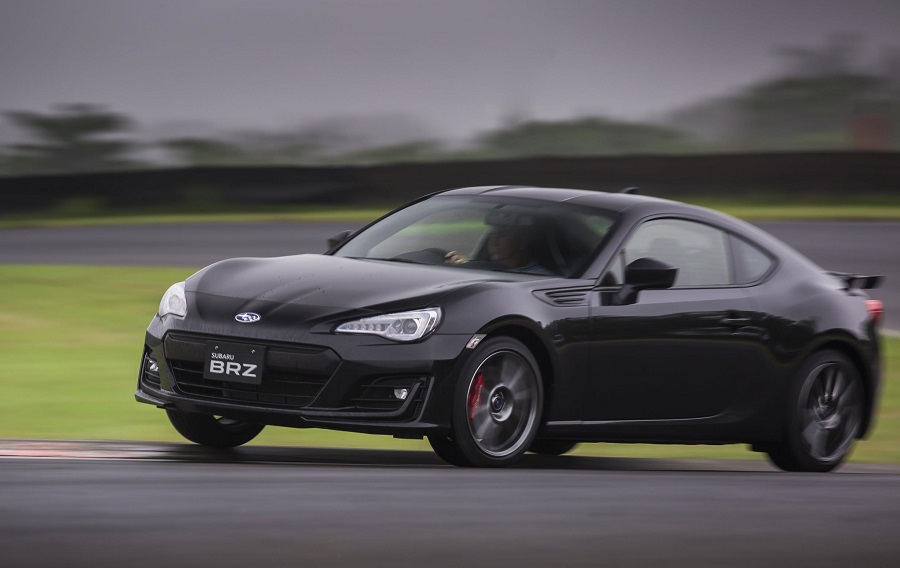
Subaru BRZ Chassis Problems
Suspension
As standard, the Subaru BRZ comes with MacPherson struts at the front and double wishbones at the rear. There aren’t really any known common faults specific to the BRZ. Instead, when inspecting the suspension, look out for the sort of warning signs that you would on any other car. Is there any knocking when the car is steering or in motion? Is the ride unusually choppy?
If you’re happy that everything is operating as it should, you can consider upgrades. Coilovers are an obvious one as they lower your car without sacrificing ride comfort (if you buy a good set), but you could also look into upgrading the dampers, or even bushings. The BRZ has two factory anti-roll bars, one at either end, but for an even stiffer chassis you can look to the aftermarket for beefier replacements.
Brakes
The stock BRZ brakes came from the Subaru WRX, and given that that’s a heavier car, the stock rotors work fine for spirited street use, and even track days to be honest. However, if you’re going to be pushing the car hard regularly, upgraded brake pads are a worthwhile investment. The stock ones fade fairly quickly.
Wheels & Tires
Toyota and Subaru deliberately sent the GT 86 and BRZ out into the public with skinny Michelin Primacy tires, the idea being that you could tickle the rear axle into a controlled slide at low speeds for extra fun factor. Depending on your driving style, some will either love that or hate the inherent lack of grip. By now though, most used examples will be running different tires anyway. Dodgy-brand ditch-finders are always a concern to see on an enthusiast car, as it suggests the seller hasn’t really maintained the car as you should. So, if you find those on the car you’re viewing, proceed with caution.
Otherwise, the choice is up to you really. You can go for a wider set-up for more grip to use on the touge, or if you’re content with being tail-happy, stick true to the Toyobaru’s factory roots. Whatever rubber you choose though, just make sure it’s good quality stuff. Well-made tires are one of the best bang-for-buck performance mods there is.
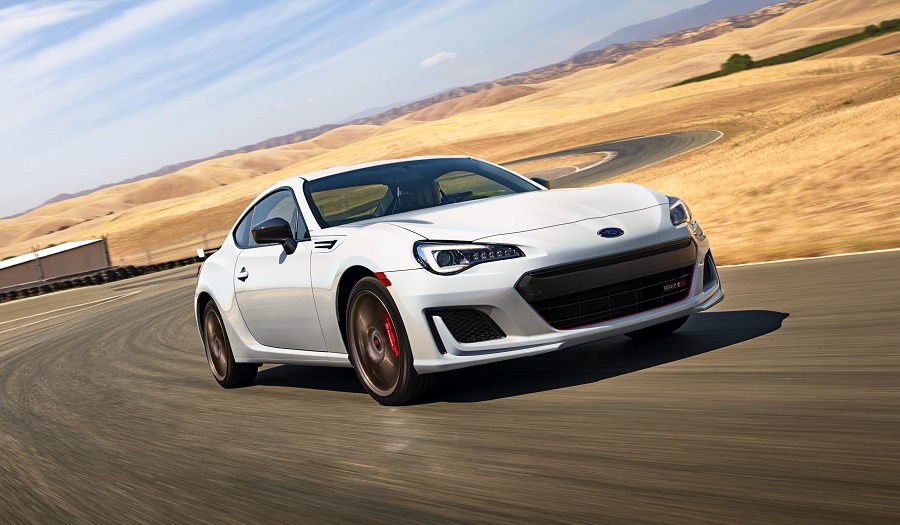
Subaru BRZ Prices
At the moment, you can buy a Subaru BRZ for between $10,000-$35,000 depending on all the usual criteria; condition, mileage, etc. In the UK, a BRZ will cost you between £9,000 and £25,000.
Ready to take on your own project? Have a read of our GT86/BRZ/FR-S tuning guide, next!

